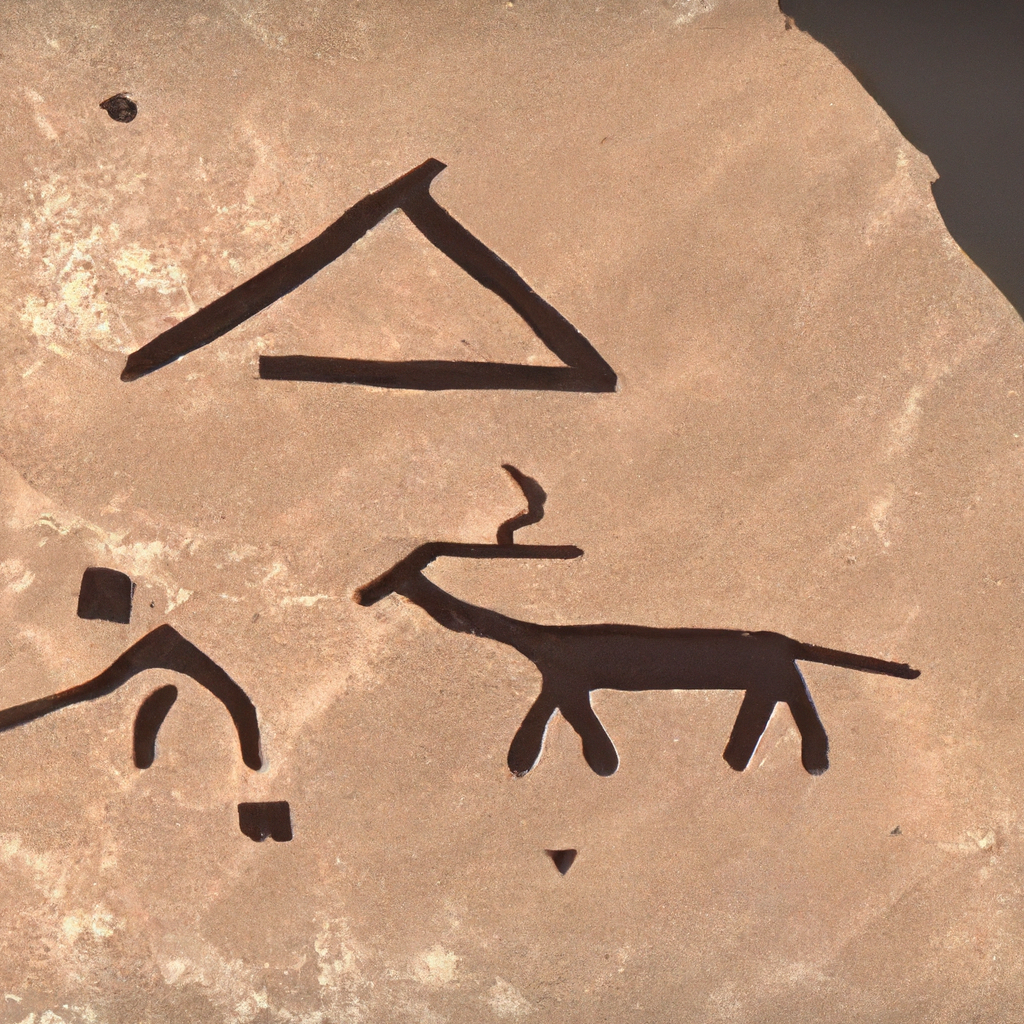Cave paintings are fascinating works of art that have been discovered in various parts of the world. These prehistoric paintings are considered to be some of the earliest forms of art ever created by humans. They provide valuable insights into the history of art and the cultural practices of ancient civilizations. In this article, we will explore some interesting facts about cave paintings, their history, and their significance in the world of art.
The History of Cave Paintings
Cave paintings date back to the Paleolithic and Neolithic periods. The earliest known cave paintings were discovered in the Chauvet Cave in France and are estimated to be around 30,000 years old. These paintings depict animals such as horses, bison, and deer, and are considered to be some of the finest examples of prehistoric art.
Over the years, cave paintings have been discovered in various parts of the world including Spain, Italy, and Australia. These paintings provide a glimpse into the lives of ancient civilizations and their cultural practices. Many of these paintings have been well-preserved due to the conditions in the caves where they were found.
Interesting Facts About Cave Paintings
1. The colors used in cave paintings were made from natural materials such as charcoal, ochre, and manganese oxide. These materials were ground into a powder and mixed with water or animal fat to create a paint-like substance.
2. Many cave paintings depict animals such as horses, bison, and deer. These animals were an important source of food for ancient civilizations and were often depicted in religious and ceremonial contexts.
3. Some cave paintings also depict humans engaged in various activities such as hunting and dancing. These paintings provide insights into the social and cultural practices of ancient civilizations.
4. Many cave paintings were created in difficult-to-reach areas of the caves, such as high up on walls or in narrow passages. This suggests that the artists who created these paintings were highly skilled and may have used ladders or other tools to reach these areas.
5. Some cave paintings were created over a period of several thousand years, with new layers of paint added over time. This suggests that these paintings were an important part of the cultural practices of ancient civilizations and were passed down from generation to generation.
Significance of Cave Paintings
Cave paintings are significant for a number of reasons. Firstly, they provide valuable insights into the history of art and the cultural practices of ancient civilizations. They also provide insights into the lives of our ancestors and their relationship with the natural world.
Secondly, cave paintings are significant because they represent some of the earliest forms of art ever created by humans. They show that our ancestors had a deep appreciation for beauty and were capable of creating complex works of art.
Finally, cave paintings are significant because they have inspired many artists throughout history. Many famous artists such as Pablo Picasso and Henri Matisse were inspired by the simplicity and beauty of prehistoric paintings.
Conclusion
In conclusion, cave paintings are fascinating works of art that provide valuable insights into the history of art and the cultural practices of ancient civilizations. They are significant because they represent some of the earliest forms of art ever created by humans and have inspired many artists throughout history. The colors used in cave paintings were made from natural materials and many of these paintings were created in difficult-to-reach areas of the caves, suggesting that the artists who created them were highly skilled. Overall, cave paintings are a testament to the creativity and ingenuity of our ancestors and continue to inspire artists and art lovers around the world today.







